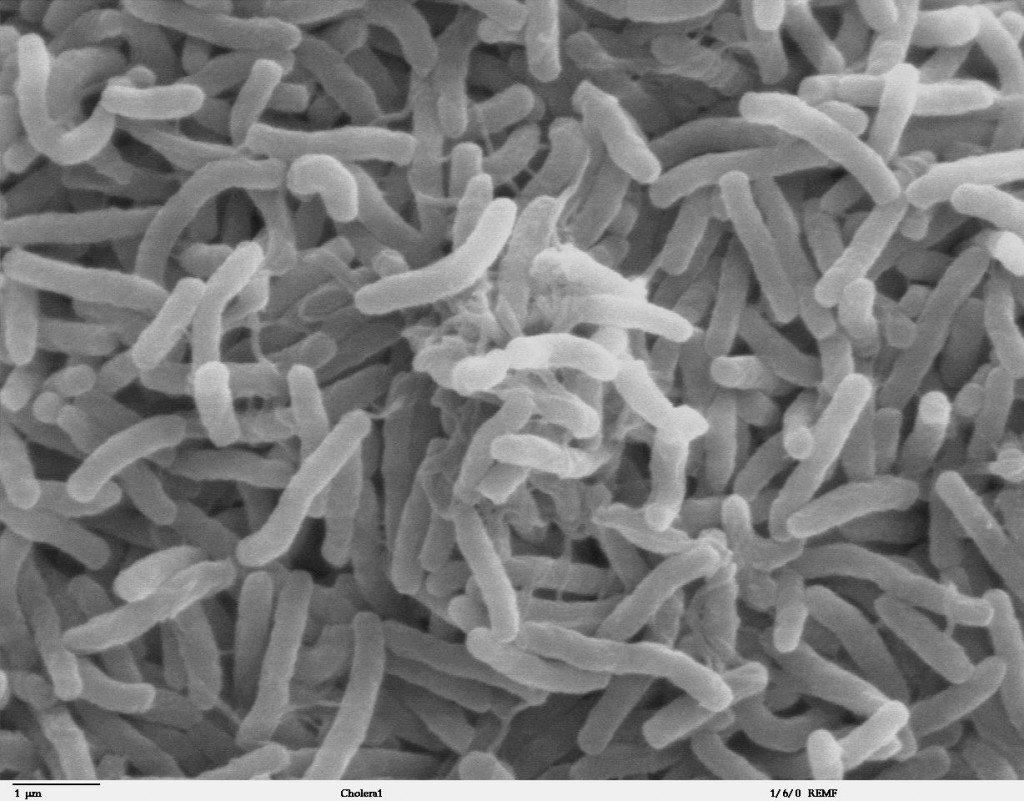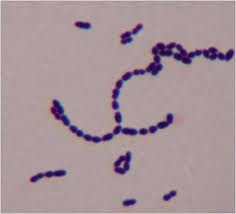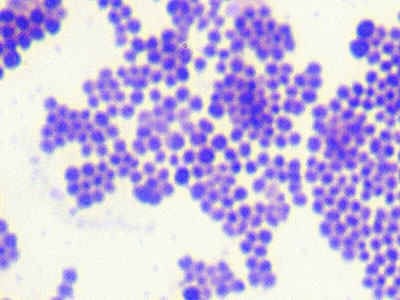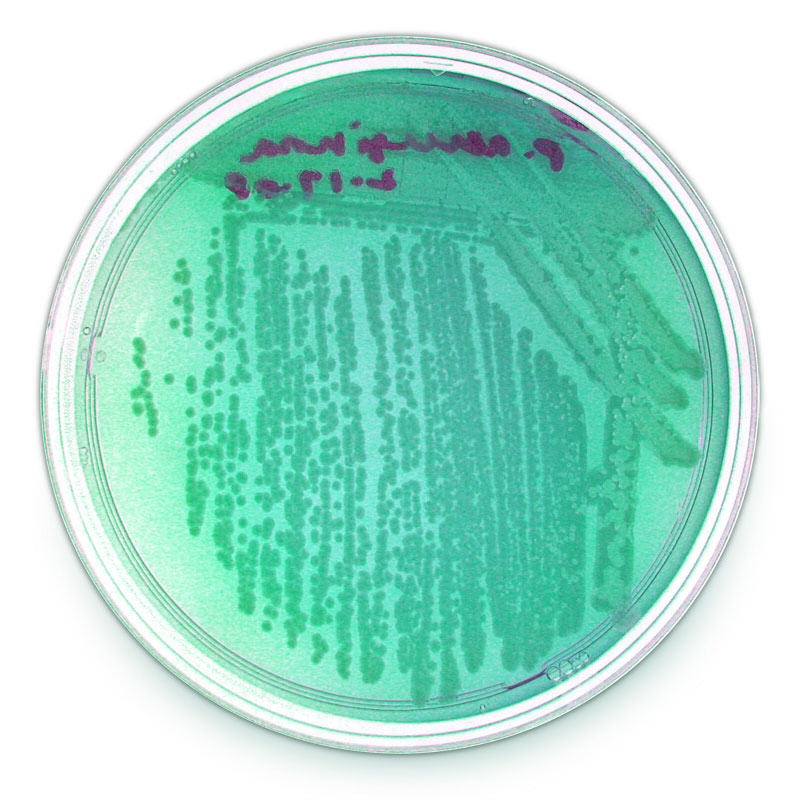Tuberculosis (TB)
Tuberculosis remains a major killer in the world, killing over 1 million yearly and infecting at least one-third of the entire world population. TB is especially prevalent in developing nations, but it also remains an active disease in the United States as well, with almost 10,000 reported infections in 2013 alone. While tuberculosis infections are on the decline, it remains a disease worth preventing.









